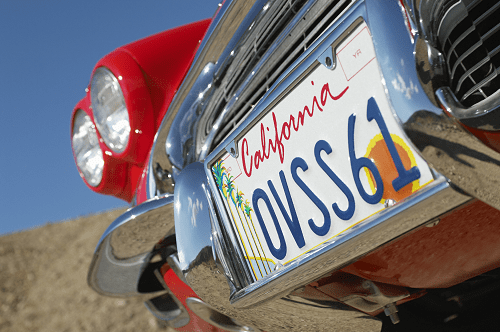
The Benefits of Putting Multiple Cars on One Policy
Families usually have more than one car. All those vehicles need insurance coverage. Getting covered is not negotiable, and it will cost money. How can you make the process easier by simplifying your coverage? Let’s take a look at how a multi-car policy can benefit you and your family.
With this type of insurance coverage, you can insure many cars under one policy. Financial and time-saving perks are among the benefits that accompany this coverage. What are some of the perks that can go with your multi-car policy?
1. Policy cohesion
Within multi-vehicle policies, you insure all your vehicles under the same coverage. That means, first of all, that you’ll have less paperwork to deal with in the end. One policy will provide you with easy coverage reference in the event you need to file a claim.
Not only that, you’ll be able to place the same amount of coverage on all vehicles on the policy. You’ll likely not have to jockey with many policy limits, exclusions and rules when filing claims. At minimum, consider enrolling in: 
-
Liability insurance to cover you against property damage or injuries you cause others. Georgia requires all drivers to carry, at least:
-
Bodily injury liability of $25,000 per person
-
Bodily injury liability of $50,000 per occurrence
-
Property Damage liability of $25,000 per occurrence
-
Collision insurance for vehicle repairs following wrecks.
-
Comprehensive insurance for vehicle damage from non-accident hazards like fire, theft or vandalism.
-
Personal injury/medical payments protection to insure injuries to you or your passengers
-
Uninsured/underinsured protection for damage caused by an at-fault driver who does not carry appropriate liability coverage for your own losses
-
Supplementary protection like roadside assistance, towing and rental car coverage
You’ll likely need to choose enough coverage to protect the value of your most expensive vehicle. Furthermore, as multiple drivers will likely have coverage under the policy, higher liability limits might suffice. This is due, in part, to the different risks posed by unique drivers. Ask your agent about an advisable level of liability coverage.
2. Premium and Deductible Savings
You can save money just by the fact that you have only one policy to manage. If you carry different policies for all vehicles, you’ll have to pay separate premiums on each policy. A multi-car policy will often result in a lower total premium than separate policies.
Furthermore, almost every car insurance policy will include deductibles. These are the costs you must pay for claims before your insurer will cover the rest of the claim. With only one policy, almost all claims will have the same deductibles. Also, if you have to file a claim on two vehicles at once, your policy might only require you to pay one deductible. However, this will depend on the insurer covering you.
Last, but not least, many insurers reward customer loyalty with discounts. Most happily reward multi-car policy carriers with considerable savings that you can’t get on single-car policies. Overall, you can often enjoy a proportionally lower premium.
3. Lower Risk of Lapses
When it’s time to renew your coverage, you’ll only have to make one stop, and one payment. This means you have a much lower risk of ever letting your policy lapse. That action in itself could lead to policy savings over time.
4. The Ability to Insure Multiple Drivers
Most car policies allow you to add multiple drivers as operators on the vehicle. Multi-car policies allow the same. However, multi-car policies might help if you have several drivers in your home.
If you have a high-risk driver in your home (like a DUI recipient), there’s a chance that that person’s risk might drive up policy costs. However, on a multi-car policy, you might not have to list that person as the main insured party. Though you might still see rate increases, these might prove less than a rate increase for insuring that person separately. Therefore, overall savings might again increase.
No-gos with Multi-car Policies
Though multi-car policies often work great for families, they still have limitations. Only insure the vehicles that have standardized coverage needs on the multi-vehicle policy.
-
Most policies will only insure a set number of cars. A common limit is five vehicles.
-
Unique vehicles, like antique cars, likely need more coverage than standard insurance. They’ll probably need a specialty policy.
-
Vehicles like RVs or motorcycles do not need the same coverage as a car, SUV or pickup truck. Get specified policies for these items.
-
Commercial vehicles cannot have insurance under standard car coverage. You’ll need commercial auto insurance for these policies.
Talk to your agent about the best way to insure multiple vehicles in your household. They’ll guide you through the setup process, and provide advice on maximizing savings. Don’t hesitate to pursue this option if you have multiple cars in your family.
